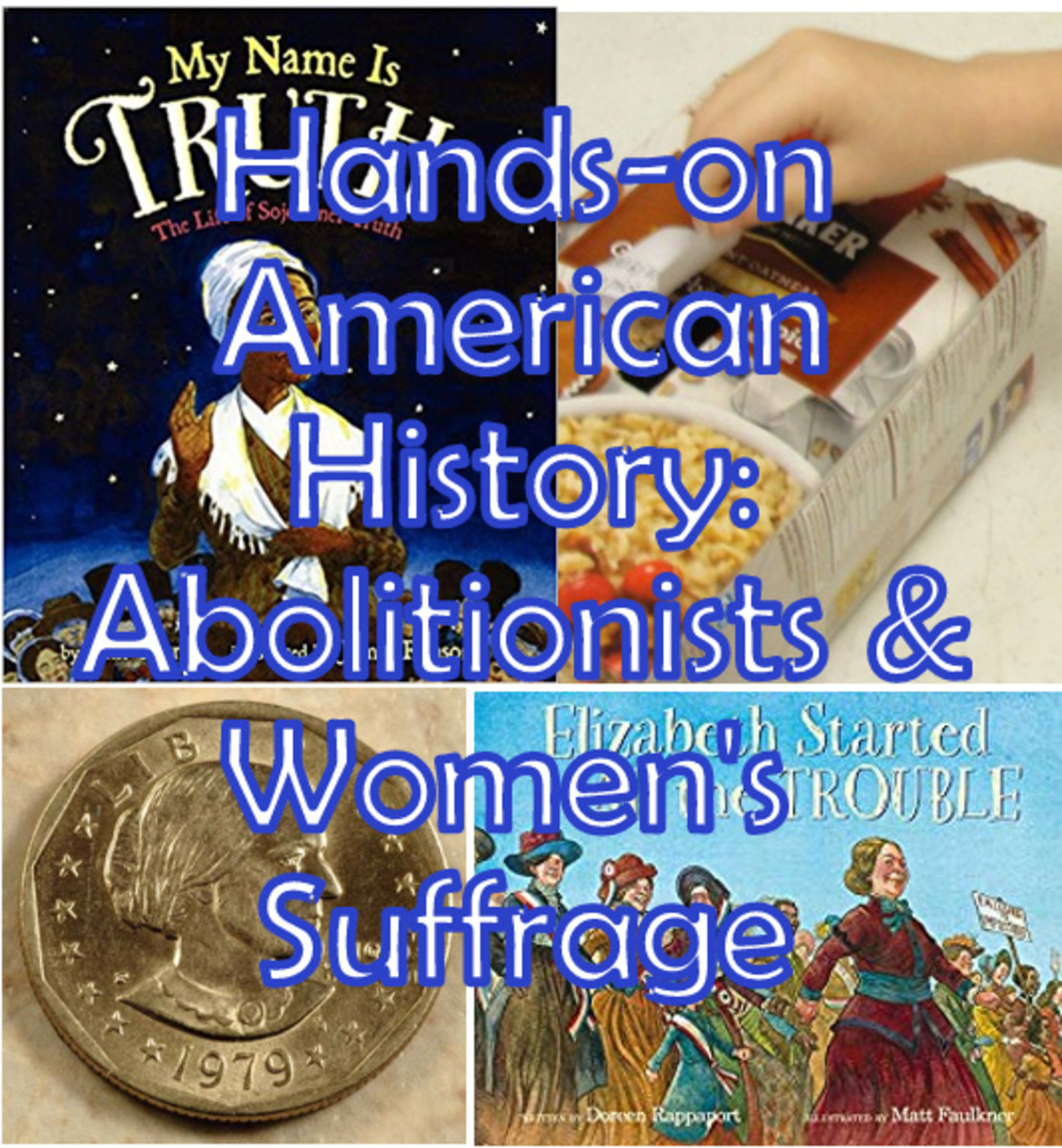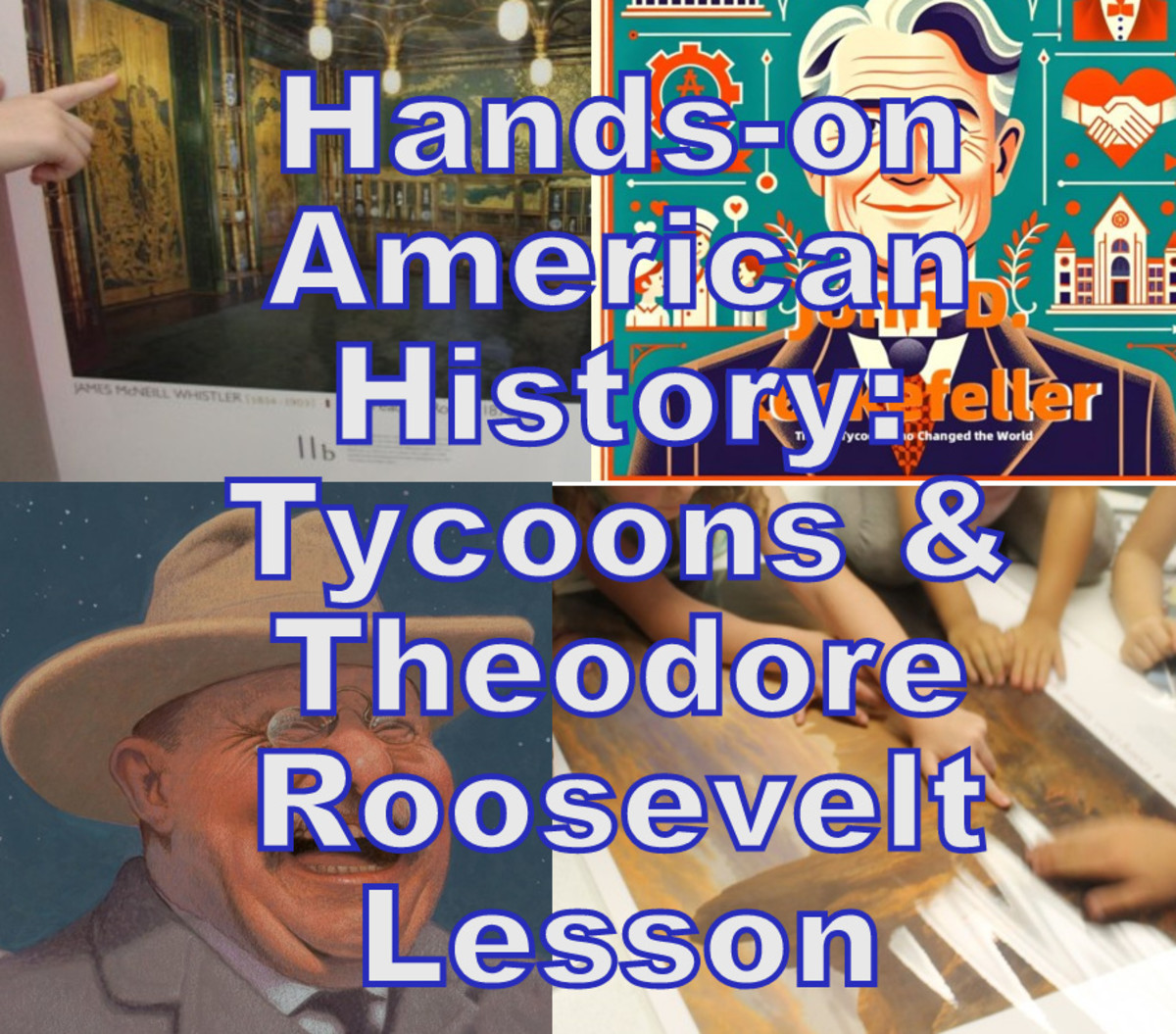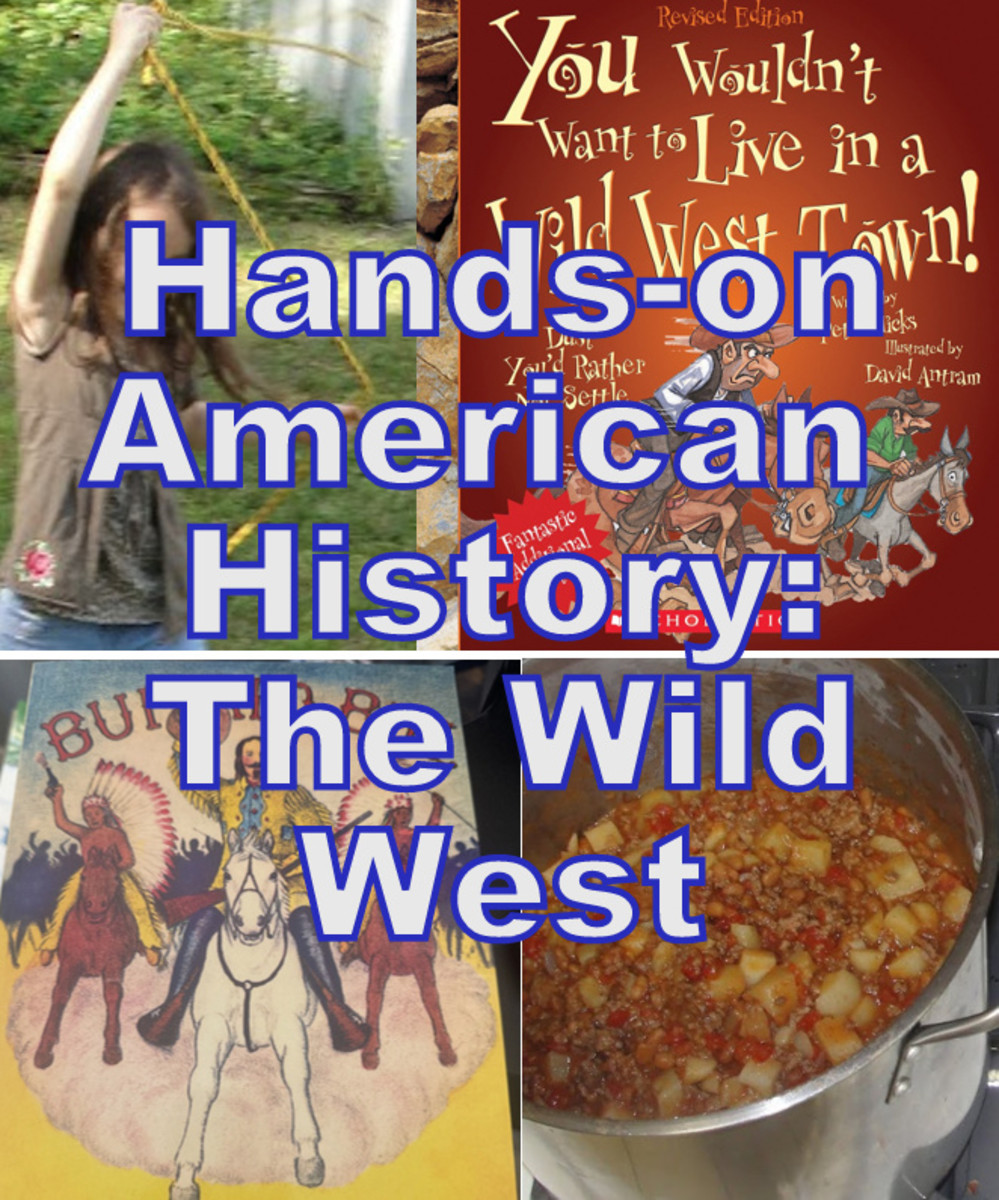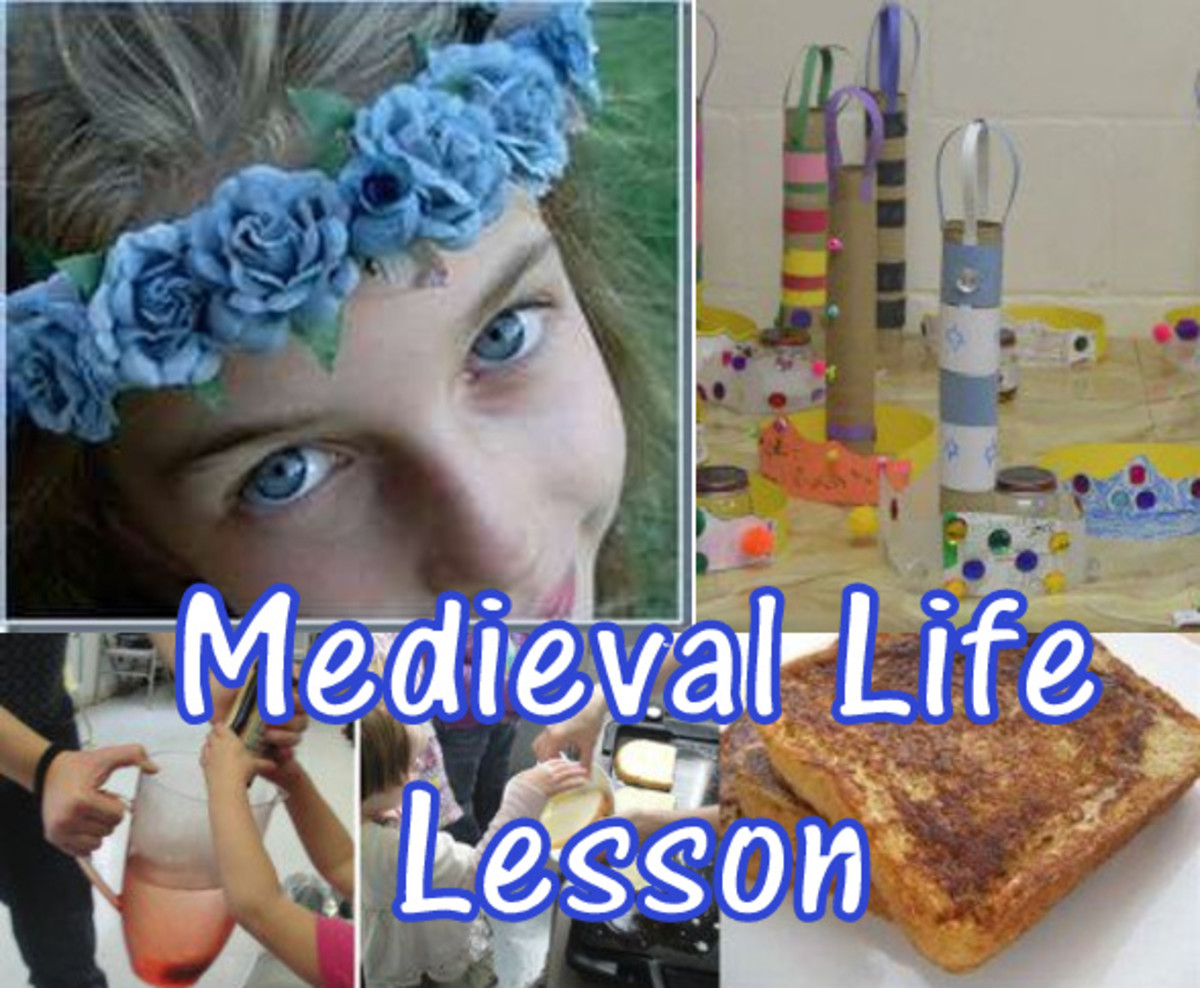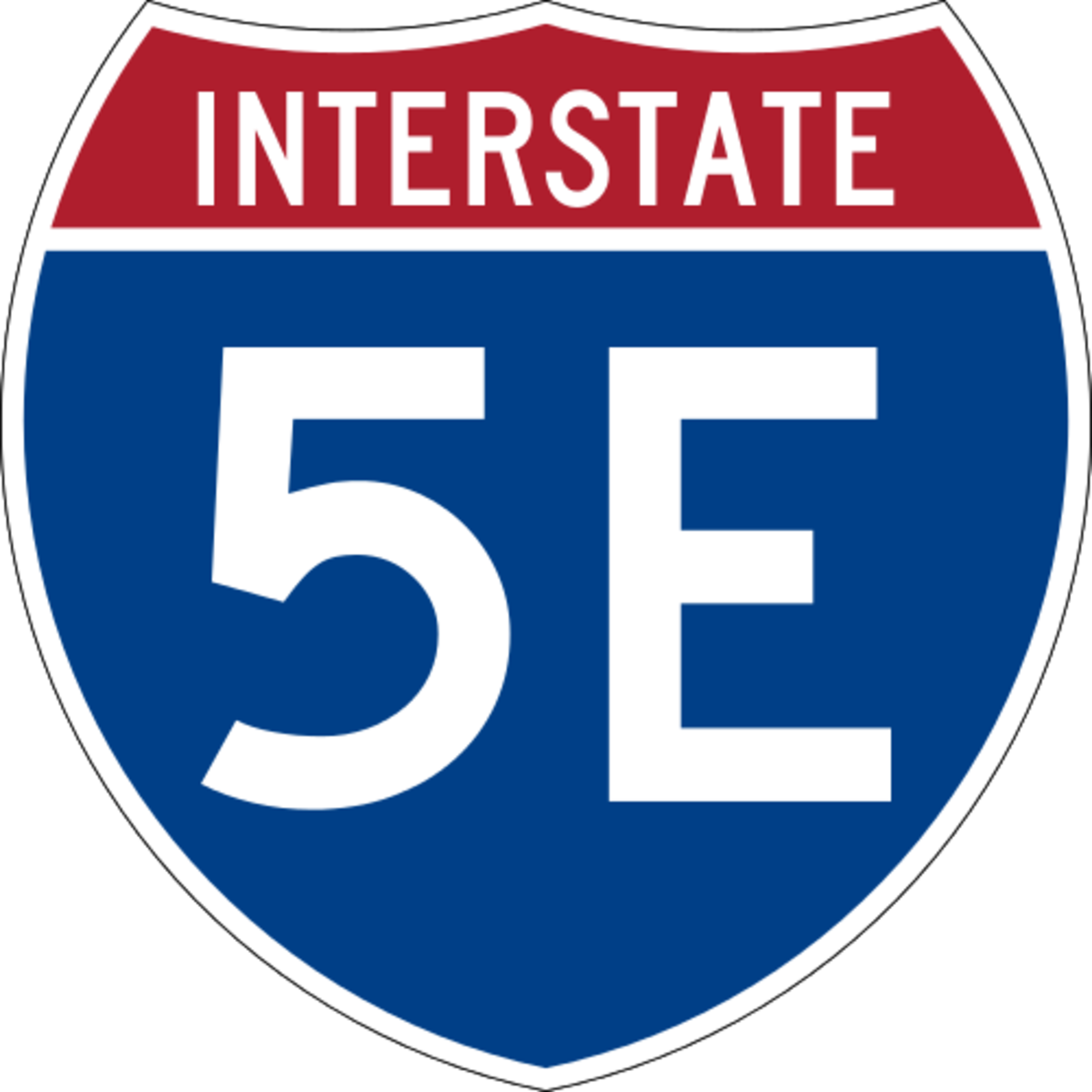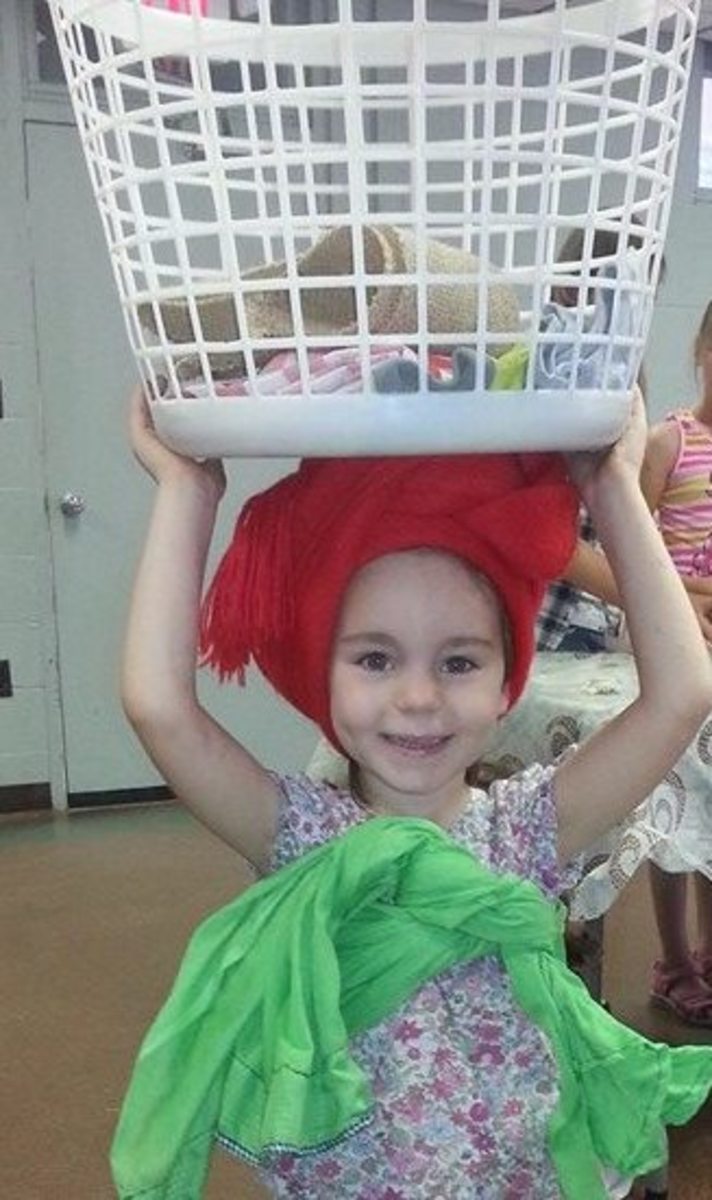- HubPages»
- Education and Science»
- Teaching»
- Lesson Plans
The 1940s and World War II Hands-on American History Early Elementary Lesson Plan
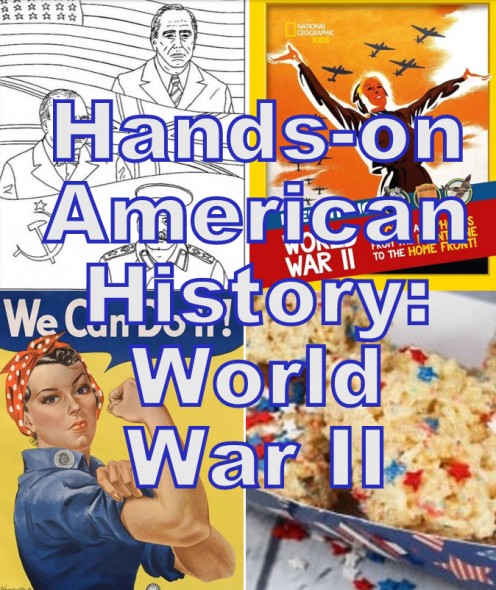
This is the 35th lesson in a series of 35 hands-on lessons covering U.S. American History. This lesson focuses on the 1940s and World War II. I used this plan while teaching a 45 minute history class for children in Kindergarten, 1st, & 2nd grades. Each lesson includes a biography report, history notebook page, history song, our favorite children's books, YouTube video, a history joke, & a variety of hands-on activities to make each lesson engaging & memorable. Use these fun lessons with your classroom, homeschool, after-school program, or co-op!
Joke: What did the Allied generals say to the Axis generals at the end of World War II?
“We’ll be Na-zi-ing you later!”
Student Biography Presentation: Dwight D. Eisenhower
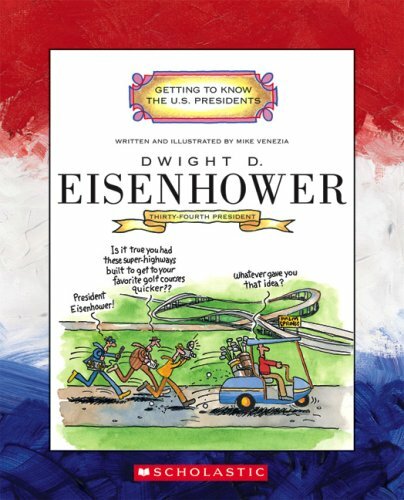
1. Student Biography Presentation on Dwight D. Eisenhower.
2. Review questions: Name one of the tycoons who fueled our nation's Industrial Age by developing American resources such as railroads, oil, steel. (Andrew Carnegie, John D. Rockefeller, Cornelius Vanderbilt, etc.) Germany, Austria-Hungary, and Ottoman Empire/Turkey were part of which alliance during World War I? (Central Powers) France, Great Britain, and Russia, United States were part of which alliance during World War I? (Allies) In what year did the 19th Amendment pass, granting women the right to vote in national elections? (1920) Who invented the Model T automobile? (Henry Ford) Why could so many people afford a Model T car? (They could purchase it on credit, and it was made relatively inexpensively using mass production on an assembly line.) In the late 1920s what type of building were architects racing to design and build? (a skyscraper; the tallest building) Name a skyscraper that was built during that time. (Chrysler Building or Empire State Building) What happened in 1929 when lots of companies and then lots of people lost lost of money? (Stock Market Crash) Because of the Stock Market Crash of 1929, lots of people didn't have much money so they didn't have much food; what was this time period called? (The Great Depression). President Franklin D. Roosevelt used photographs like The Migrant Mother by Dorothea Lange to insist that the government needed to use lots and lots and lots of tax dollars to create programs to help people who were going through difficult times; what was this called? (the New Deal) Meanwhile, what happened on lots of farms on the West because they hadn't been using good farming practices? (Dust Bowl)
3. Sing through the entire President's Song 2 times while either showing the video or flipping through pictures of the Presidents. (We add in "Trump, Biden, Trump" at the end of the song.)
You will need:
- Screen to show the below video or a book showing Presidents or point to their pictures on a President place mat
World War II Simple Explanation
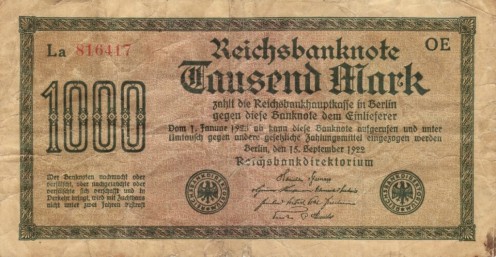

4. World War I was called the "World to End All Wars" because countries around the world were hopeful another war like that would never happen again. Unfortunately it did about 20 years later. What happened?
- [Show Germany on a map and show the German money from last week.]
- Review: Who lost during World War I? (Central Powers including Germany) Who won World War I? (Allies including America) Which country borrowed lots of money from other countries and from American banks but then couldn't pay back all the money they borrowed? (Germany)
- Germany was punished harshly after World War I because they'd kind of help start it because they attacked a bunch of other countries and then they lost. They felt like their punishment was too harsh.
- Use pictures from Everything: World War II: Facts and Photos from the Front Line to the Home Front! by National Geographic Kids as you continue to discuss what happened.
- [Show a picture of Adolf Hitler] They were excited when someone named Adolf Hitler rose to power and seemed like he could help Germany become a great nation again. After a while many Germans realized it was a mistake to let Adolf Hitler rule Germany. Unfortunately, Adolf Hitler had many mean plans. He hurt and even killed lots of innocent people.
- [Show a picture of the map of Europe and then Winston Churchill] Germany started attacking and taking over other countries in Europe. England, under the leadership of Winston Churchill fought back.
- [Point to Italy and show the picture of Mussolini] Mussolini joined with Germany to form a new team. No longer were they the Central Powers from World War I. Now Germany and her helping countries had a new "team" name: The AXIS powers.
- [Point to Japan and show the picture of Tojo] Germany wanted the United States to get involved in the war, so Hitler promised he'd help out Japan and their leader Tojo if they'd attach the United States.
- [Show a picture of the bombing of Pearl Harbor] On December 7, 1941, Japan did attack America. They bombed a naval base in Hawaii called Pearl Harbor. You can still go to Hawaii today and see a sunken naval ship. That's very sad because lots of people were killed.
- [Flip through a few more pages showing battles.] America joined the Allies, including Churchill in England and Stalin in Russia, and helped beat the AXIS powers.
You will need:
- a map that shows Germany, a copy of the German money from last week, and
Everything: World War II: Facts and Photos from the Front Line to the Home Front! by National Geographic Kids, and Allied Leaders notebook pages 3-hole punched for students
World War II Leaders

5. Go over the main leaders during World War II.
- Pass out the above notebook page of Allied Leaders.
- Eisenhower & MacArthur were both famous American Generals.
-
- Eisenhower covered battles in Europe. Both Eisenhower & Europe start with E.
- MacArthur covered battles in the Pacific Ocean, which was Asia and Australia. MacArthur has a big A in the name and Asia and Australia both start with an A.
- Sing through the below song 5 times remember the leaders on each side during World War II. If desired, add hand motions to remember their names.
-
- AXIS = Pretend like you're chopping a piece of wood by swinging an ax down from over your shoulder
- Hitler = Hit one hand against the other hand
- Tojo = Point to your toe
- Mussolini = Put both thumbs against the sides of your head and spread your fingers out as if you're giving yourself moose antlers
- Allied = Make an L with your left index finger and thumb
- Churchill = Hold your hands together as if you're praying in church
- Roosevelt = Pretend like you're holding a rose up to your nose and smelling it
- Eisenhower = Point to your eye
- MacArthur = Use your 2 hands to create an M to look like the McDonald's golden arches
- AXIS = Pretend like you're chopping a piece of wood by swinging an ax down from over your shoulder
You will need:
- Allied Leaders notebook pages 3-hole punched for students
Song to Memorize About World War II Leaders
Rations and Victory Gardens

6. Summarize while flipping through Lily's Victory Garden by Helen L. Wilbur to share how the war affected everyone in America, including children. Include rationing and Victory Gardens.
You will need:
Lily's Victory Garden by Helen L. Wilbur or other book about Victory Gardens
7. Start a Victory Garden:
- Pass out to each student a sandwich-sized Ziplock bag, a paper towel, and a few seeds. Pour in enough water to get the paper towel wet.
- Have children take these home and allow the seeds to germinate. In about 5-7 days, they should plant them in soil.
You will need per student:
- sandwich-sized Ziplock bag, paper towel, water, & a few seeds (such as green bean seeds)
Women in America
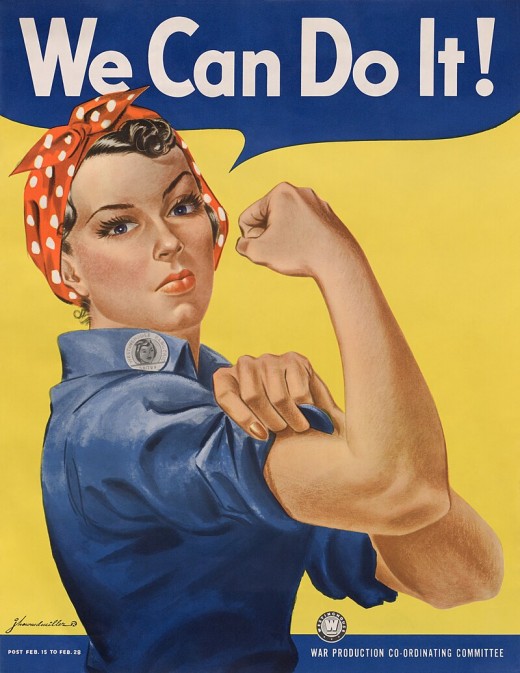
7. Use pictures from the section on how women contributed to the war effort using the pictures from Everything: World War II: Facts and Photos from the Front Line to the Home Front! by National Geographic Kids.
- Women helped train pilots as they flew in the WASP, they worked in factories building and fixing what was needed for the battles, they worked as nurses, they ran households and businesses while husbands were away, and they grew food for their families and for the soldiers in Victory Gardens.
- Show the covers of some of the books about women who served in various roles during World War II and quickly mention who each woman's name and what she did.
- I used Sky High : The True Story of Maggie Gee by Marissa Moss, Code Breaker, Spy Hunter: How Elizebeth Friedman Changed the Course of Two World Wars by Laurie Wallmark, and Hedy Lamarr's Double Life: Hollywood Legend and Brilliant Inventor by Laurie Wallmark, Angels of Bataan and Corregidor: The Heroic Nurses of World War II by Agnieszka Biskup, The Spider Lady: Nan Songer and her Arachnid World War II Army by Penny Parker Klostermann.
You will need:
- Everything: World War II: Facts and Photos from the Front Line to the Home Front! by National Geographic Kids
- Optional: Books about women involved in the war effort such as
Sky High : The True Story of Maggie Gee by Marissa Moss,
Code Breaker, Spy Hunter: How Elizebeth Friedman Changed the Course of Two World Wars by Laurie Wallmark,
Hedy Lamarr's Double Life: Hollywood Legend and Brilliant Inventor by Laurie Wallmark,
Angels of Bataan and Corregidor: The Heroic Nurses of World War II by Agnieszka Biskup, and
The Spider Lady: Nan Songer and her Arachnid World War II Army by Penny Parker Klostermann.
D-Day
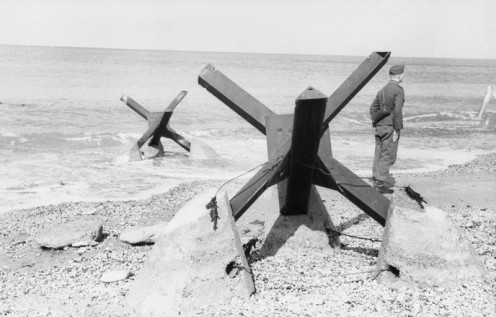
8. Discuss D-day.
- [Show Eisenhower, MacArthur, and Patton] Eisenhower, MacArthur, and Patton were some of the brave generals who helped plan and lead battles.
- [Show D-Day] General Eisenhower worked closes with Winston Churchill of England to plan D-Day, one of the most famous American battles during World War II. They took over a year to plan this attack that began on June 6, 1944.
- America partnered with England and Canada to storm a beach in France called Normandy. There were 4 beaches. England attacked one. Canada attacked one. America attacked 2: Omaha and Utah beaches.
- The Germans had laid out anti-landing and anti-tank obstacles near and on the beach, so the soldiers couldn't land on the beaches. They had to stop their boats in the water and have the men run through the ocean to the shore. They had to bring all their heavy gear with them. They had very heavy backpacks and weapons to carry.
- Once they got to the beach, they had to run around the anti-tank obstacles like the Czech Hedgehogs and barbed wire. They also had to avoid land mines, which were bombs hidden under the sand that would go off if someone stepped on them.
- If that doesn't sound bad enough, they did this while German soldiers were shooting at them.
- We're going to create this by running a D-Day obstacle course!
You will need:
- Everything: World War II: Facts and Photos from the Front Line to the Home Front! by National Geographic Kids
D-Day Obstacle Course
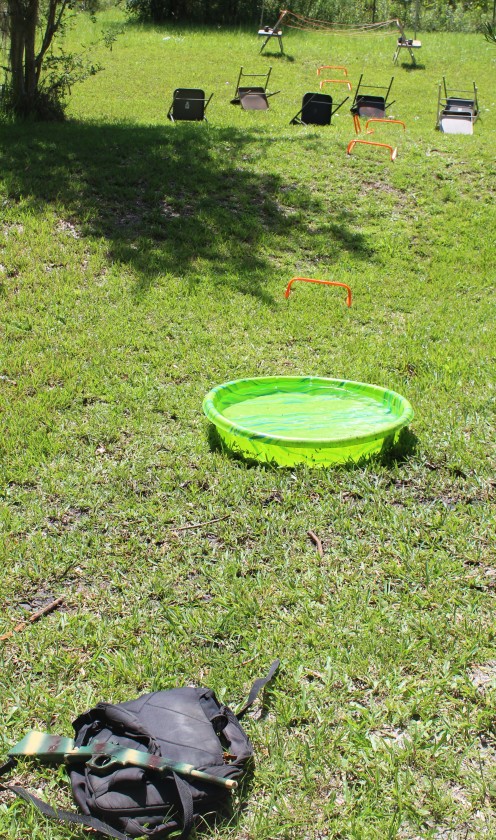
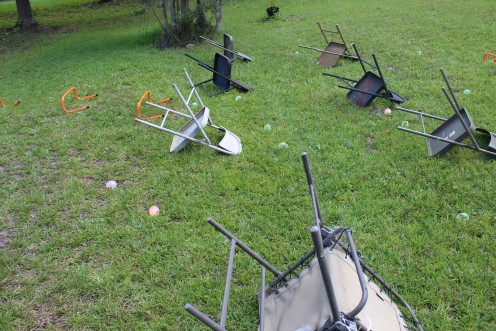
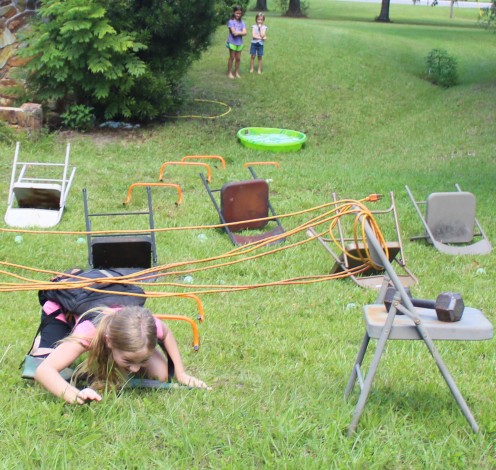
9. Have children run a D-Day Obstacle Course.
- If you have enough children, divide them into 4 groups. (If you have a smaller group, you can divide them into 2 teams: Germans and Americans.)
- Two groups will be the Germans during the first round. They will get to "shoot" at the children running the obstacle course. If you're doing this in a classroom setting, the children can throw paper balls at the "Allied" forces. If you're doing this at home, they can use Nerf guns (but be careful to not shoot at faces).
- The other two teams will be Team Omaha and Team Utah. If you can find a place to do this so they'll be running uphill, that would be ideal.
- Everyone running the obstacle course will have to wear their backpacks.
- They will run into a wading pool of water (the ocean).
- If desired, have them hop over some obstacles.
- They will run around folding chairs on their sides and under string (barbed wire). If desired, add water balloons to the grass to act as land mines.
- Once a "solider" has made it past the obstacles, the next "soldier" can go.
- After the first two teams have finished, have them switch with the "Germans" and let the other children run the obstacle course while the new set of "Germans" throw paper balls or shoot Nerf guns.
- Even though the soldiers on D-Day were not racing each other, if you'd like to make it a fun competition, you can see which team (Omaha or Utah) makes it to the the German side first.
You will need:
- backpacks, 2 small wading pools, folding chairs, yarn or sting, water balloons (optional), other obstacles (optional) & paper balls or Nerf guns
Our Freedoms
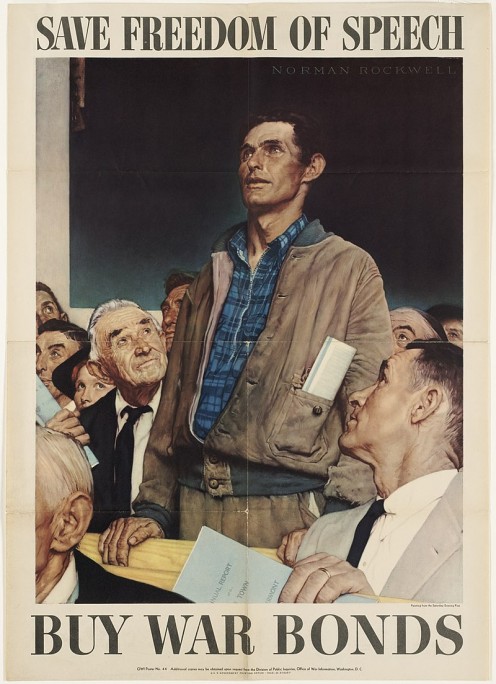
10. If you are not limited by time or if the D-Day obstacle course won't work for your classroom, study Freedom of Speech, The Saturday Evening Post, 1943 by Norman Rockwell. Ask questions such as these from Picturing America:
- What are these people doing? Where might these people be?
- Find the worlds TOWN and REPORT.
- Who is the youngest looking person in the picture?
- Describe the expression on the speaker's face.
- Look at the speaker's hands and clothing. How do they compare to the other people men?
- What do you think the speaker might be saying?
You will need:
- Freedom of Speech, The Saturday Evening Post, 1943 by Norman Rockwell
Class Party and Review
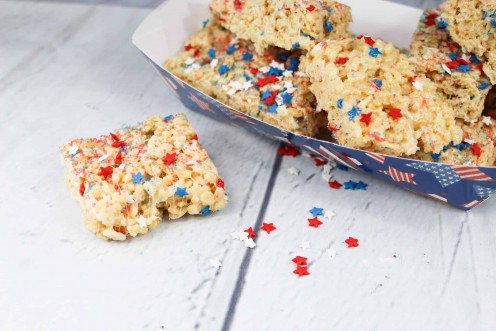
11. Quickly discuss the end of the war.
- [Show a picture of the end of the war] The Allies won on September 2, 1945, though fighting continued for a while after that.
- There was much to celebrate for those solders who made it back home alive and we can be grateful for the many people who made great scarifies in the name of freedom.
You will need:
- Everything: World War II: Facts and Photos from the Front Line to the Home Front! by National Geographic Kids and a patriotic treat such as Rice Krispie Treats with red, white and blue sprinkles
12. Review what we learned.
A Book to Read Each Day
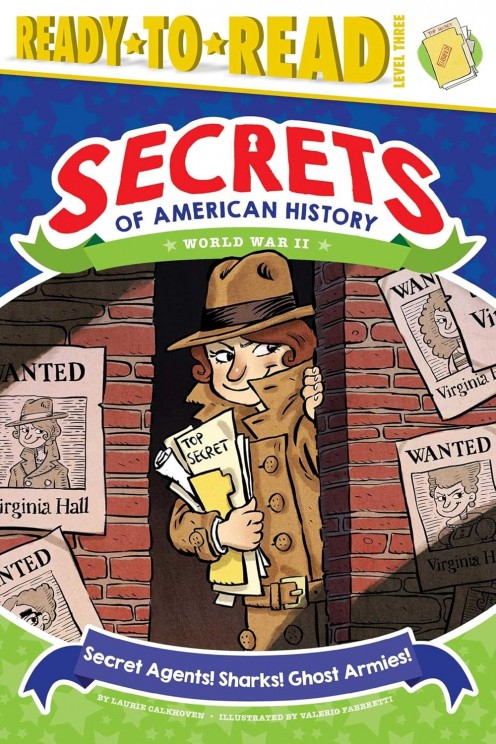
Secret Agents! Sharks! Ghost Armies! : World War II by Laurie Calkhoven
You Wouldn't Want to be a World War II Pilot! : Air Battles You Might Not Survive by Ian Graham
Franklin and Winston : A Christmas that Changed the World by Douglas Wood
The Attack on Pearl Harbor by Allison Lassieur
Thirty Minutes Over Oregon: A Japanese Pilot's World War II Story by Marc Tyler Nobleman
Lisette's Angel by Amy Littlesugar
Baseball Saved Us by Ken Mochizuki
Song to Memorize About How World War II Began
Song to Memorize About Pearl Harbor
Looking for all my lessons?
AMERICAN HISTORY FOR EARLY ELEMENTARY:
Native Americans & Columbus Lesson
Jamestown Lesson
Pilgrims Lesson
Thirteen Colonies Lesson
French and Indian War Lesson
Colonial Period & Revolution Rumblings Lesson
Boston Massacre & Boston Tea Party Lesson
First Shots & Declaration of Independence Lesson
American War for Independence Battles Lesson
Valley Forge & Battle of Yorktown Lesson
American Literature Lesson & American War for Independence Review
Colonial Christmas Party
Constitution Lesson
Three Branches of Government Lesson
President George Washington Lesson
Louisiana Purchase Lesson
War of 1812 Lesson
Monroe Doctrine Lesson
Trail of Tears Lesson
Oregon Trail & Battle of Alamo Lesson
California Gold Rush & Pony Express Lesson
American Industrial Revolution Lesson
Underground Railroad Lesson
Abolitionists & Women Suffragists Lesson
Civil War: The Confederate States & Abraham Lincoln Lesson
Civil War Battles Lesson
Civil War Party & End of Year Review Game
BONUS LESSONS (if you have room for a few extra classes):
Reconstruction Lesson
Wild West Lesson
Immigrants Lesson
Tycoons & Theodore Roosevelt Lesson
World War I Lesson
Roaring Twenties Lesson
Great Depression and the 1930s Lesson
World War II Lesson
ALL MY LESSONS:
Fun, Free Hands-on Unit Studies (My Lessons in All Subjects)
© 2025 Shannon

